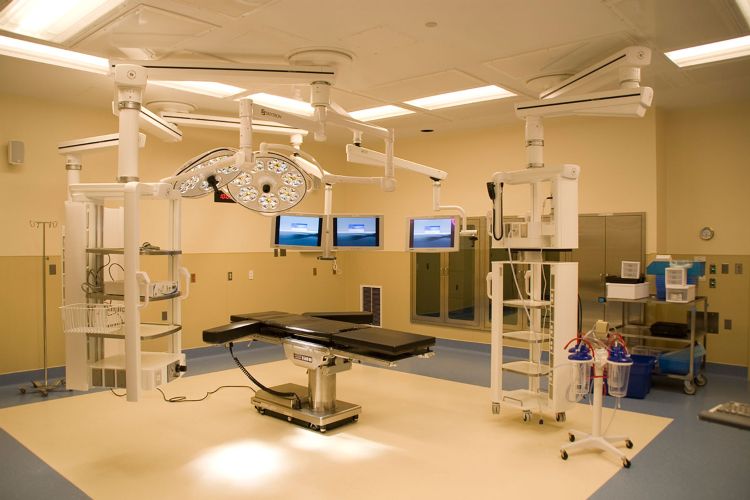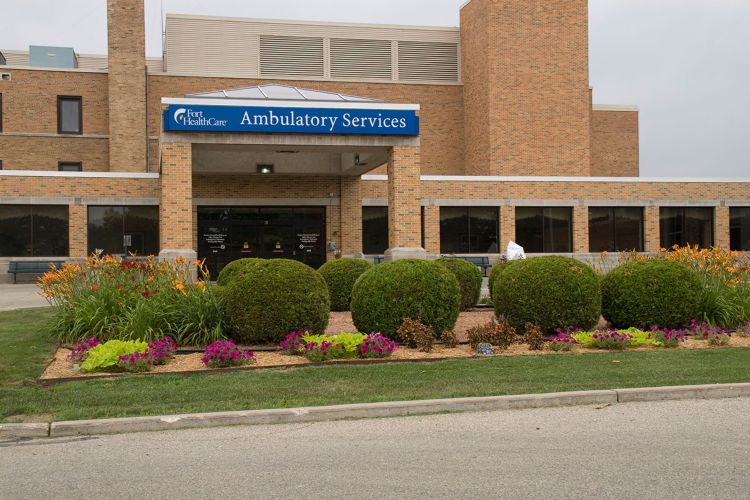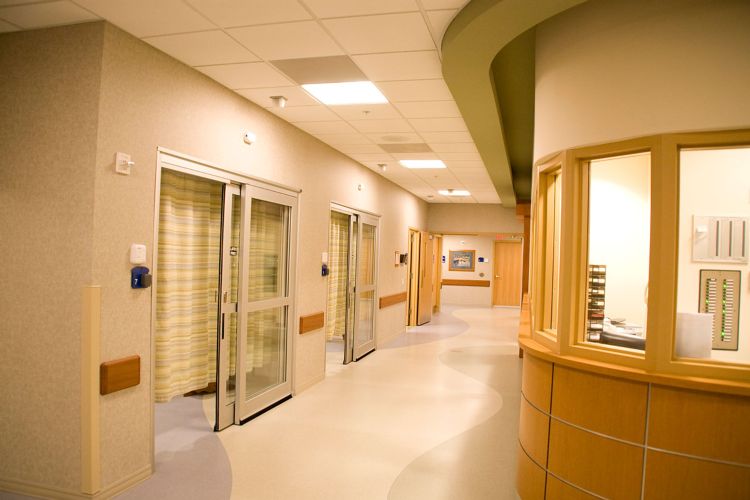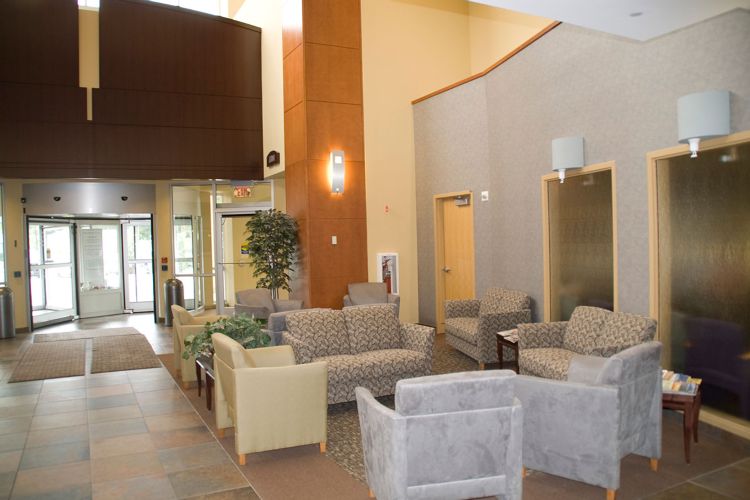
Featured Project Return to Projects List
Fort HealthCare - Operating Room Renovation
Project Information
- Project Location:
- WI
- Status:
- Completed
- Structure Type:
- Hospital / Nursing Home
Scope Of Work
The Challenges
The primary challenge was to keep enough operating rooms online so the hospital could continue to perform surgeries. That meant that during work all systems had to be continuously maintained. Lives literally depended on it.
Mechanically, the biggest challenge was maintaining the air exchanges and the temperatures in the operating rooms while we took down the old system and got the new one up and running. Another significant challenge was infection control. During construction it wasn’t unusual for an operation to be happening literally on the other side of a wall.
A major part of the project was a new mechanical room that was to be built in a courtyard right outside the operating room spaces. However the size of the courtyard and the position of the room made it impossible to get heavy equipment into the hospital. As a result everything had to be done by crane, including excavation, steam line reroutings, hot and chilled water lines and concrete.
To complicate matters further, the crane had to be situated in the ambulance route. To avoid interfering with ER vehicles, a temporary ambulance path was built.
The Solutions
Clearly, an extremely thorough safety and operations plan had to be developed. The hospital had a total of 6 operating rooms, 3 of which needed to be functioning at all times. With careful preplanning, JP Cullen was able to keep an additional operating room online, giving the hospital a total of 4 working ORs.
We took great care to work around surgeons’ schedules and hours, as noise or construction vibrations could bring a surgery to an instant halt. To accommodate the surgeons’ needs, every entrance to the functioning operating rooms was marked with the current operating room schedule and quiet times. Everyone on the crew knew ahead of time when it was OK to drill or hammer. Still, work would occasionally need to shut down for an hour or two as patient needs required.
Throughout the project communication was key — and we made sure there was plenty of it. We held regular sessions with doctors, surgeons and staff, and had daily meetings with the departments impacted by the work, including the ER whose route was occasionally obstructed by the crane. The process made the work more efficient and safer for patients, but it also built trust. When staff members called us they knew we would listen to their concerns and be respectful.
Throughout, the JP Cullen team and engineering teams worked very closely to develop the right plan for the operating room mechanicals. Being involved from the very beginning of the process was the key to our success in this area: being present with the engineers through all the site investigations so we could plan for any contingency.
We always took great care to ensure that mechanicals would be up and running according to our established schedules. We worked mainly at night, and all systems were back up and running by early the next morning, with tests having been conducted to ensure flawless functioning. A certifier was present each morning to certify any effected equipment before it was activated.
Of course despite our careful planning there was always the chance that a patient emergency would arise. Therefore backup plans were an absolutely necessity. For example, whenever we knew a shutdown would occur, the team would make sure there were always adequate supplies of oxygen, nitrogen and other gasses on-hand.
Generally speaking, one of the most valuable tools for the project was a mockup of the operating rooms that we provided to the hospital. Everything — from a patient table and nurse docks to med gas, critical outlets, humidity sensors and thermostats — was included. This allowed doctors, nurses and other end users to evaluate the environment and make any changes before work was started. Roughly 20 changes were ultimately made to the mockup, saving approximately a month of schedule.
The Results
As a result of diligent and thorough preconstruction planning and schedule keeping, the team was able to finish the project one month ahead of time.
By working closely with the facility to make sure they stayed within budget on construction, architect fees, owner purchasing agreements and other contracts, we prevented budget creep.



